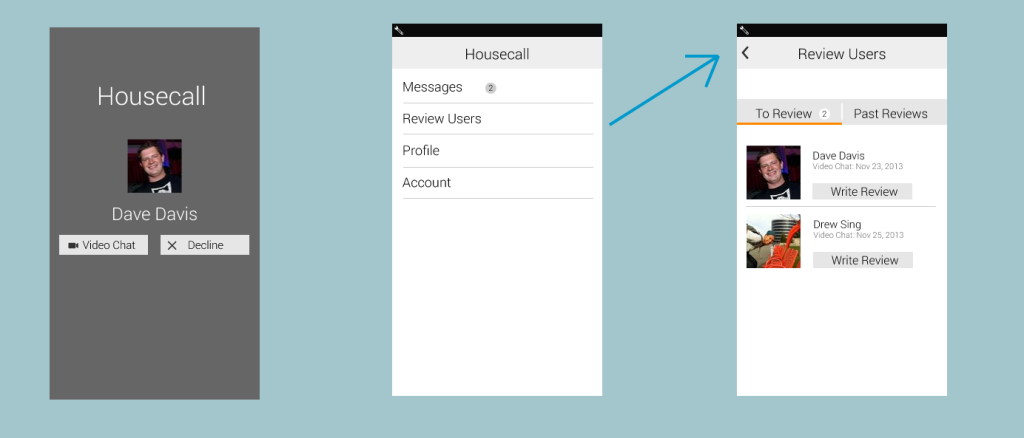So your startup wants to rank #1 on Google for your keywords.
You also want to be covered by top-tier publications like WIRED and TechCrunch.
Here’s how you can do both… In one fell swoop of a process.
We’ll call is SEO-driven press.
With an understanding that SEO and press don’t happen overnight, you’ll start getting coverage that will help improve SEO with backlinks from domains with high page ranks.
In this comprehensive guide, I assume you’ve figured out what type content and narratives make sense for your business based on keywords, your target audience, keywords, etc (ping me if you’ve got questions on this).
What do you need?
1 full-time headcount is required to execute this process. A talented intern or junior level headcount can get you going on SEO-driven press.
Ideally, you’ll have a manager who can help drive the content and stories with an intern who can collect outlets, emails, and help distribute stories.
What’s the goal?
The metric to drive = Backlinks from reputable sites (aka high domain authority)
Specifically, Unique Linking Domains from sites with a high PageRank (6 and up). This will increase your domain’s PageRank, which will lift keywords you rank for on Google.
Popular media outlets (Forbes, Business Insider, etc) have PageRanks of 6 and up, but how do you get backlinks from these sites? The answer is consistent distribution of quality stories — aka pitching or helping them with a story that will provide value to their audience.
Key # 1: Brainstorm distribution groups
Brainstorm outlet groups (I call them buckets) that would be interested in this particular post/story.
Example: if you’re pitching a story about “How wearing a toupee makes you sexier”, you should reach out to bloggers and reporters who’ve written about:
- Toupees, aging, men’s fashion, men’s hairstyle, hair loss.
Each of the above buckets opens up a new demographic of potential journalists that may find value in your story. For example, an AARP writer who’s written about aging may be find value in this story, as well as a contributing writer who’s covered men’s fashion in Forbes.
Key #2: Finding Outlets and their emails
Once you’ve figured out the buckets (outlet groups) for your content, it’s time to find the outlets.
Luckily there are tools that make it easy to find content that has been published by journalists and bloggers based on criteria like:
- Keywords
- Subject
- Publication
- Publish Date
- Social Shares
Tools that will help you discover relevant articles and journalists:
- Buzzsumo — See popular content based on keywords. A favorite tool of mine.
- Moz Open Site Explorer — If you have a Moz account, this is a solid way to do content research.
- Google News — Good results for recently written news.
- Google Alerts — Provides emails to your inbox when your selected keywords are published.
- Advanced Google Searching (Google Dorking: Good for finding keywords in a domain)
- Example: if you want to figure out if any TechCrunch article contains the phrase “puppies”, simply type “site:techcrunch.com puppies” (without the quotes) into the search bar.
Now that you have a list of relevant articles and journalists who, based on their prior articles, may be interested in your story, it’s important to be disciplined and understand how helpful that domain is SEO wise by checking the root site’s PageRank.
Install a PageRank checker chrome extension like this one. To use it, simply navigate to the home pg of that site to see its PageRank, which is a good barometer of its SEO juice.
Gathering Journalist Emails
This is where the party gets started (and an intern is quite helpful). Hunting down email addresses that aren’t publicly displayed takes some time and effort, but once you have your ideal contacts, they’re yours forever.
On the easy side, some publications already have emails listed in articles, like Business Insider.
If the article doesn’t display an email address, which is most of the time, here is the step by step process I like to use to find it.
How to find a journalist’s email:
- Check their Twitter Bio — Around 20% of the time, a reporter will list their email here.
- Google their name — Search for their email in their personal blog.
- LinkedIn Profile — (usually under additional info/advice for contacting).
If the above steps fail, here are useful tools for finding email addresses:
- SellHack — I’ve had the most success with this tool
- Email Hunter
- VoilaNobert
- Dibbr
Other ways to find journalist email addresses
- Searching Twitter Lists — Here’s a hack for targeting specific twitter lists based on keywords that’s easy with Google Dorking. In the search bar, for twitter lists with the keywords “women” “tech” “reporters”, simply type inurl:women tech journalist list site:https://twitter.com/
Organize your database of journalists
One way to manage your list of journalist info is a good ole fashioned spreadsheet.
I use Buzzstream, which is a CRM specifically for press contacts. It makes organizing contacts a bit easier with tagging tools, and stages you can mark a journalist (replied, successful placement, etc) Any CRM could actually work though based on the process you setup.
Key #3: Distribution
You’ve got a quality story. You’ve got contacts. Now you must distribute a story to them. There are a lot of email tools to help you make this happen.
Email Distribution tools:
- Yesware — A quintessential sales tool, yesware allows you to track opens, CTRs, and execute mass mail merge campaigns to email multiple contacts at once.
- Outreach.io — I’ve heard good things, but haven’t used it.
The emails need to be personal, yet efficient — Semi Personalized mail merge emails
Sending out a canned email without any personalization to journalists is ineffective, but hand-writing every single one isn’t efficient.
Luckily, with your email tool, you can specifying customized fields in your excel sheet. Make sure to insert their first name, as well as a 1–2 personalized sentences to start off the email that shows you’ve done your research.
Make writing a story easy
Provide a detailed story and images so the journalist has less work to do. Better yet, get on a call with them.
Example fields:
Dear {firstname},
{personalized 1–2 sentence blurb}
— Canned template story you’ve crafted —
CTA
Best,
Drew
— —
Example email:
Dear Bob,
I now sleep better thanks to your “how to sleep better” article on TC. My phone is now banned from the bedroom thanks to you!
Since you’re an expert on sleep, I thought your readers may be interested in this story about a girl who slept for 24 hours straight would be helpful for ya. Her name’s Betty, and she’s a 14 year old girl who sleeps for 24 hours when she eats seven turnips! She’s immigrated to SF form Astonia, and will be competing for the sleep world record next month in LA.
I’d be happy to provide images, a detailed story, and even connect you on an exclusive call with her.
Let me know if Betty would be interesting to your readers Bob!
Thanks,
Drew
Key #4: Optimizing Press relationships for Responses
The more time a journalist invests in learning about your story/company, the better the chances are that they write about you.
Once you’ve gotten replies, get personal.
Build real relationships by personally replying with thoughtful emails to journalists. Remember, they’re real people. The semi-automated processes stop here!
If they don’t cover you for the current story you’ve pitched, that’s okay. Remember, you’re playing a long-game so in the future they may cover you if you’re being helpful.
So they’ve committed to writing about you. Hooray!
Don’t be afraid to ask for a backlink
If you’ve helped provide a story, there shouldn’t be an issue when asking for a backlink. Worst case is they’ll say it’s not under their control. No worries. It happens.
Have Questions? Feel free to get in touch @drew_sing. This is a first pass at documenting this process (got tired and decided to publish this so far…), so let me know if you’d like to discuss further.
















